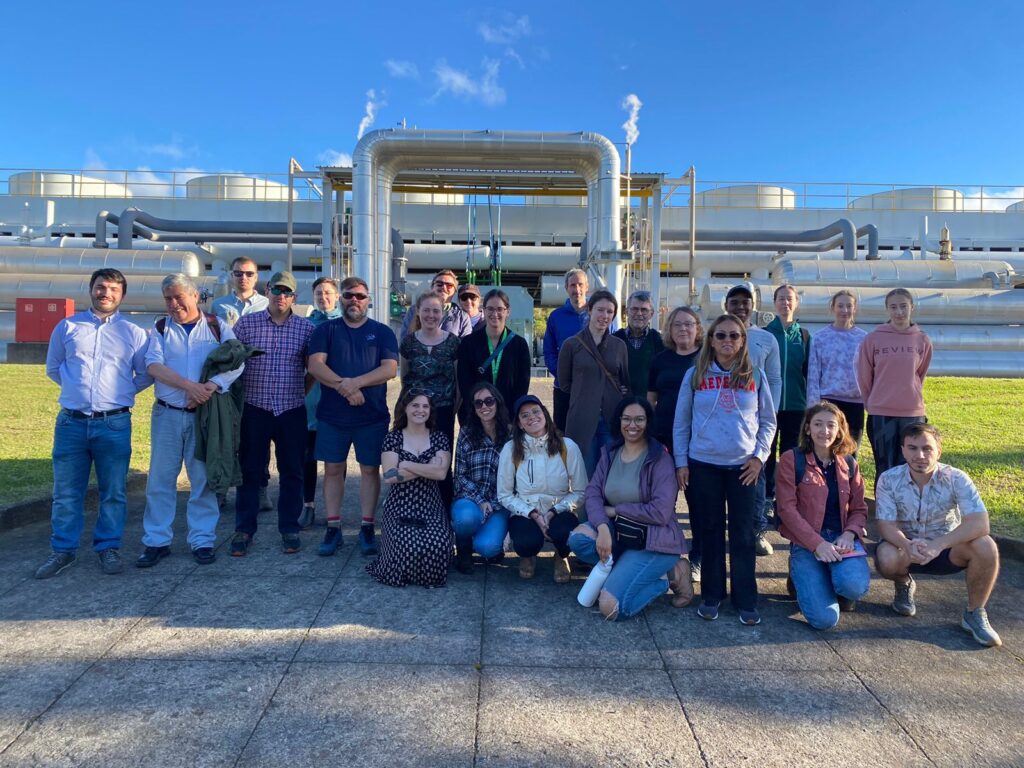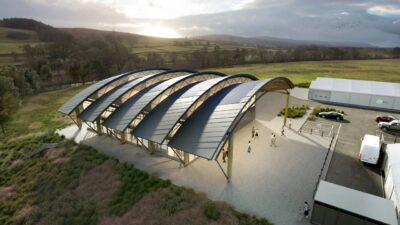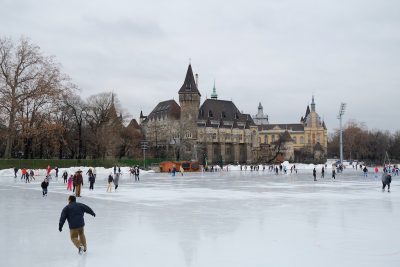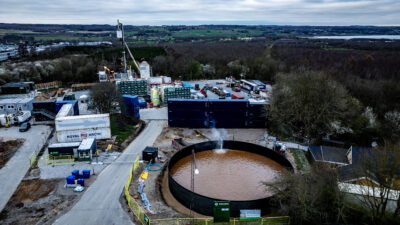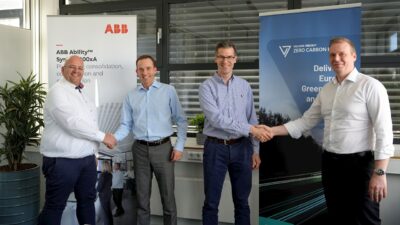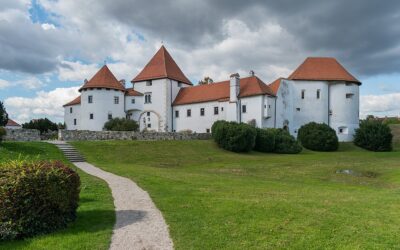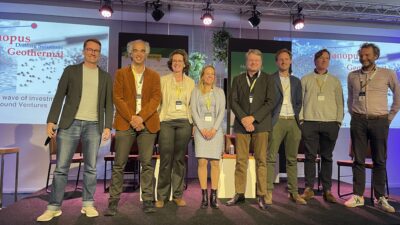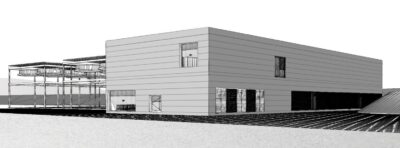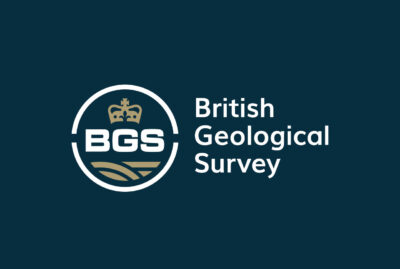UNESCO IGCP636 project holds annual meeting in Portugal
The "UNESCO IGCP 636: Geothermal Resources for the Energy Transition" project team held its annual meeting in Portugal.
The group of IGCP636 member researchers organized its Annual Meeting in October 2023, in accordance with the guidelines of the UNESCO International Geosciences Program (IGCP). The activities are coordinated by the principal investigator of the IGCP636 project, Daniela Blessent , professor of the environmental engineering program at the University of Medellín .
The general objective of the 2023 Annual Meeting was to visit several places of geological and geothermal interest in Portugal. The itinerary and logistics were defined by the geothermal research group of the INRS (Institut national de la recherche scientifque) , led by Professor Jasmin Raymond, co-investigator of the project, and supported by postdoctoral researcher Mafalda Miranda from Portugal.
Some testimonies to highlight the success of the activities:
A seminar was held at the University of Coimbra, where local professionals also participated (Direção-Geral de Energia e Geologia, Laboratório Nacional de Energia e Geologia, companies Synege, and TARH) and another at the University of the Azores (Geotalks ), where the laboratories of the Volcanology and Risk Assessment Research Institute were also visited.
Daniela Blessent comments that “This trip was an excellent opportunity to strengthen and create collaborations between researchers, to encourage the participation of graduate students and to lay the foundations for future activities and continue to comply with the IGCP program guidelines.”
Mafalda Miranda , postdoctoral researcher at INRS (Canada), states that “Planning and organizing this trip was a very rewarding experience. It is not every day that you have the opportunity to take your research group and international researchers to discover the geological and cultural heritage of your country, as well as its geothermal resources and applications.
The trip was full of activities, among which it is worth highlighting the visit to several thermal centers, such as Cabeço de Vide, Castelo de Vide, S. Pedro do Sul and Caldas das Taipas. We also visited the Academia de Ginastica de Guimaraes, which inspired participants to reflect on different ways to integrate renewable energy and building designs to design net-zero buildings. Finally, we visited the Pico Vermelho geothermal power plant. There is currently no 100% operational geothermal power plant in Canada, so it was an unforgettable educational experience, as it was the first time that many of the participants had contact with a geothermal power plant.
Hosting the UNESCO 636 project at the University of Coimbra with the support of my undergraduate and master’s professors and supervisors was a defining moment in my career. I would like to thank Manuel Abrunhosa (IAH), Carla Rocha (IST) and Paulo Borges (UAzores) for the time spent helping plan the activities and itinerary. The success of this trip is largely due to your cooperation. I would also like to greet my colleagues in the research group who prepared our field guide and supported me throughout the organization of the trip.”
Rochelle Longval , Vice President at Blue Spark Energy highlights that “As an industry participant, I had the opportunity to learn about Portugal’s geothermal resources, which constitute a valuable source of direct use heating and electricity production in local communities. The international research being carried out provides innovative ideas on how to strengthen geothermal exploitation in America and Europe.”
Professor Jasmin Raymond concludes that “This trip was an opportunity to discover everything that Portugal is doing to promote the use of its thermal springs and the culture that revolves around the famous Portuguese thermal springs.”
Source: Email correspondence via our Spanish language platform PiensaGeotermia
